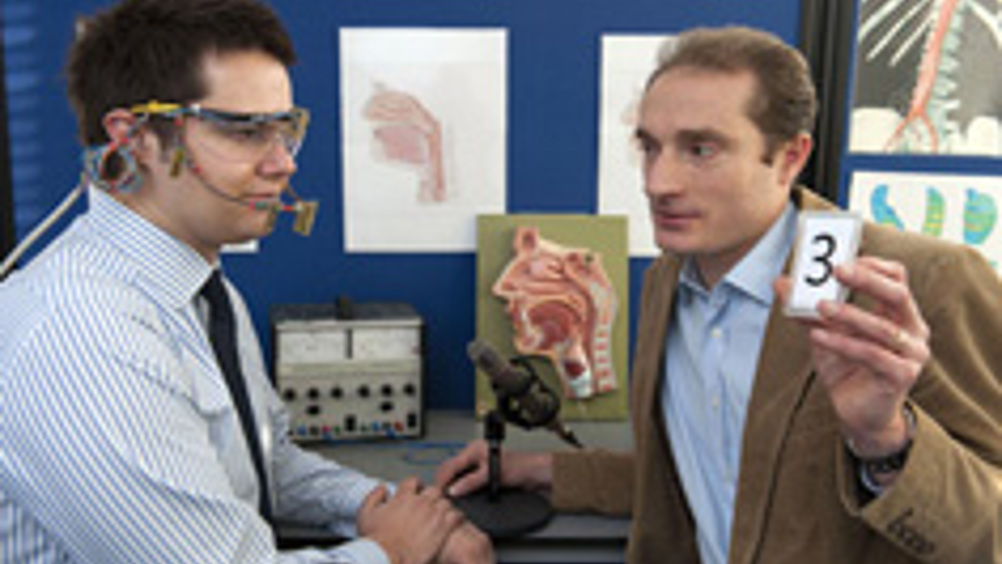Magnets could help throat-surgery patients speak again
Engineers at Hull University are developing a new system that could eventually help people who have undergone throat surgery to get their voices back.

The removal of the larynx, caused by diseases such as throat cancer, means that patients permanently lose their voice.
Currently, the most common technique for speech restoration is to place a silicone valve in the throat that diverts air from the lungs and makes it vibrate, generating speech - but fluid created naturally in the body tends to clog the unit after three or four months causing it to fail.
Alternatives include the use of an electro-larynx that requires a handheld device to create a sound, but patients complain that the results sound electronic and can be hard to understand.
Working with colleagues at the Hull and East Yorkshire NHS Trust and Sheffield University, the researchers at Hull have developed a new system that could eventually recreate the patient’s own voice artificially following surgery.
The technique involves placing a series of magnets inside the mouth to create a movable, three-dimensional magnetic field that can be analysed and used to identify speech patterns and particular words.
Register now to continue reading
Thanks for visiting The Engineer. You’ve now reached your monthly limit of news stories. Register for free to unlock unlimited access to all of our news coverage, as well as premium content including opinion, in-depth features and special reports.
Benefits of registering
-
In-depth insights and coverage of key emerging trends
-
Unrestricted access to special reports throughout the year
-
Daily technology news delivered straight to your inbox










Water Sector Talent Exodus Could Cripple The Sector
Maybe if things are essential for the running of a country and we want to pay a fair price we should be running these utilities on a not for profit...